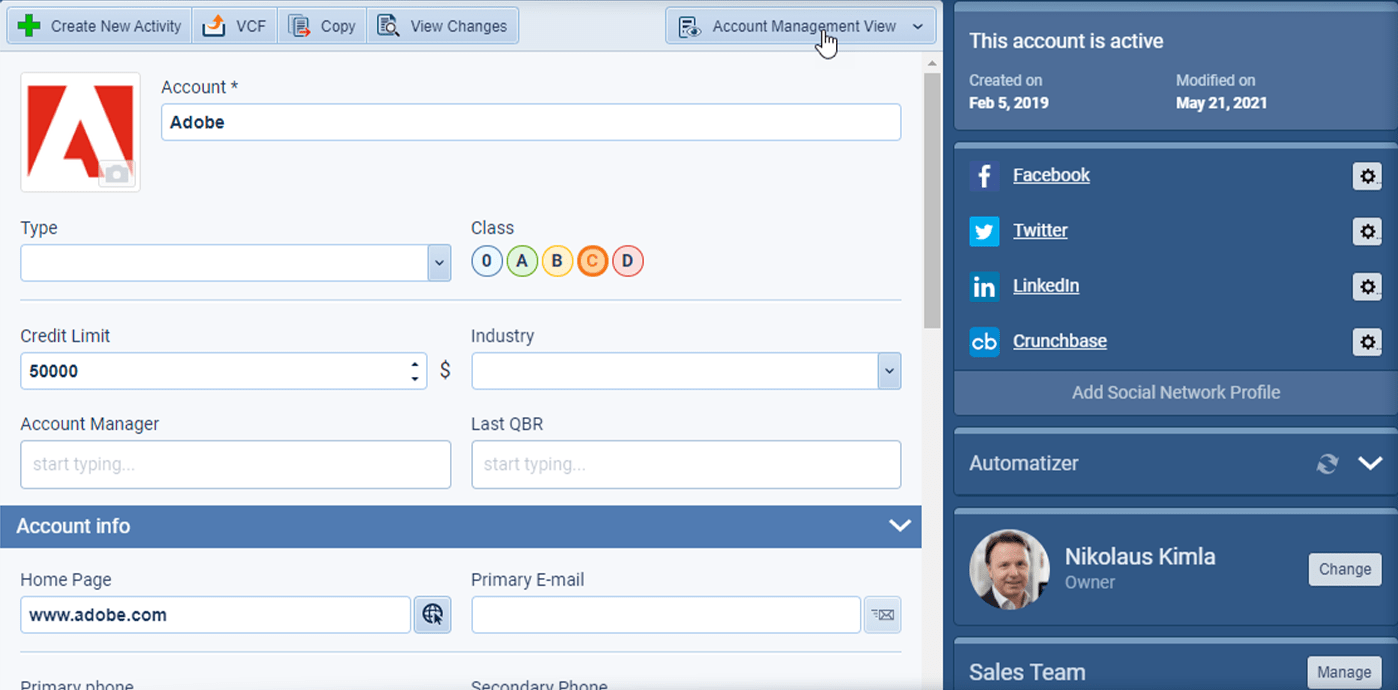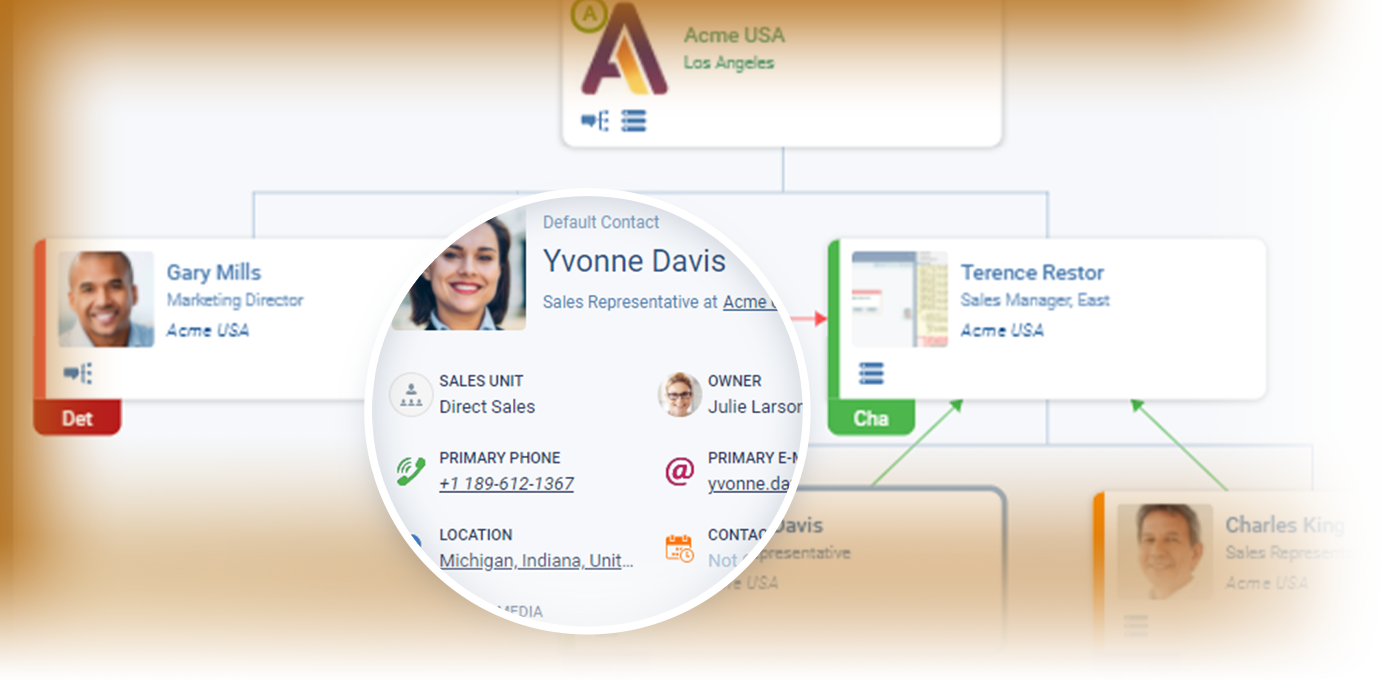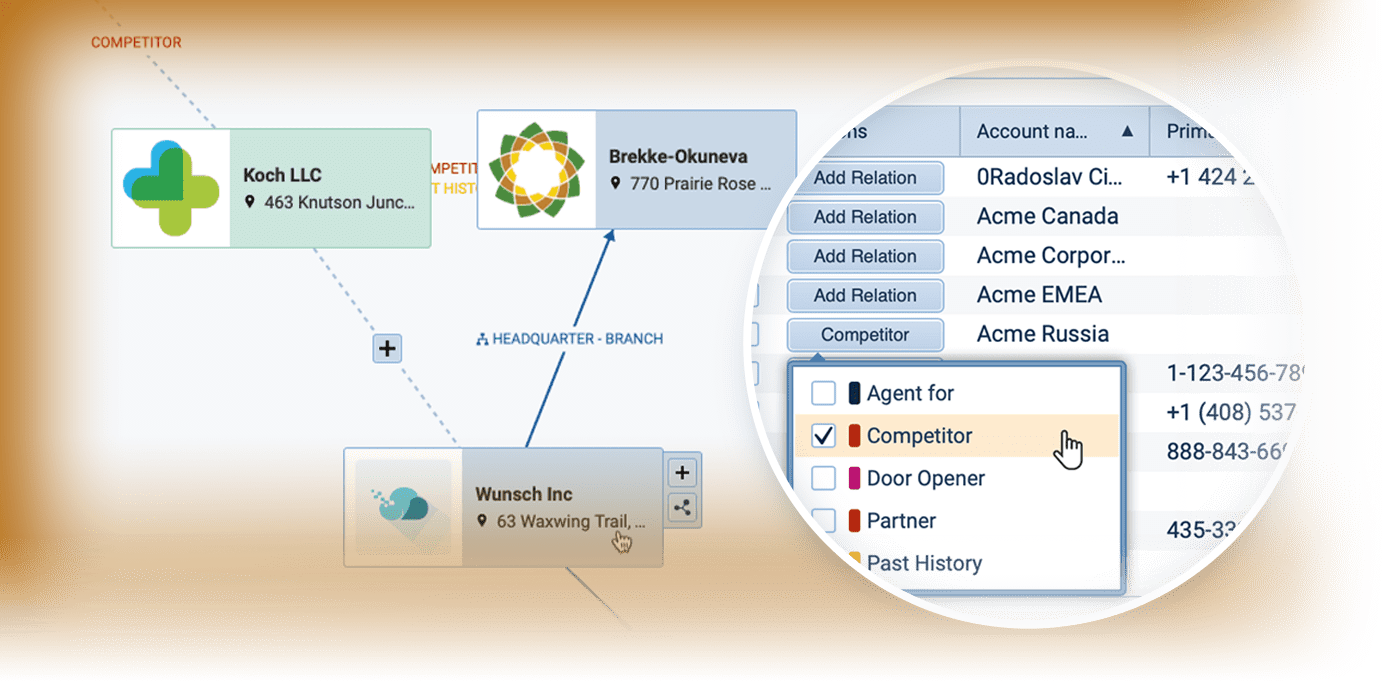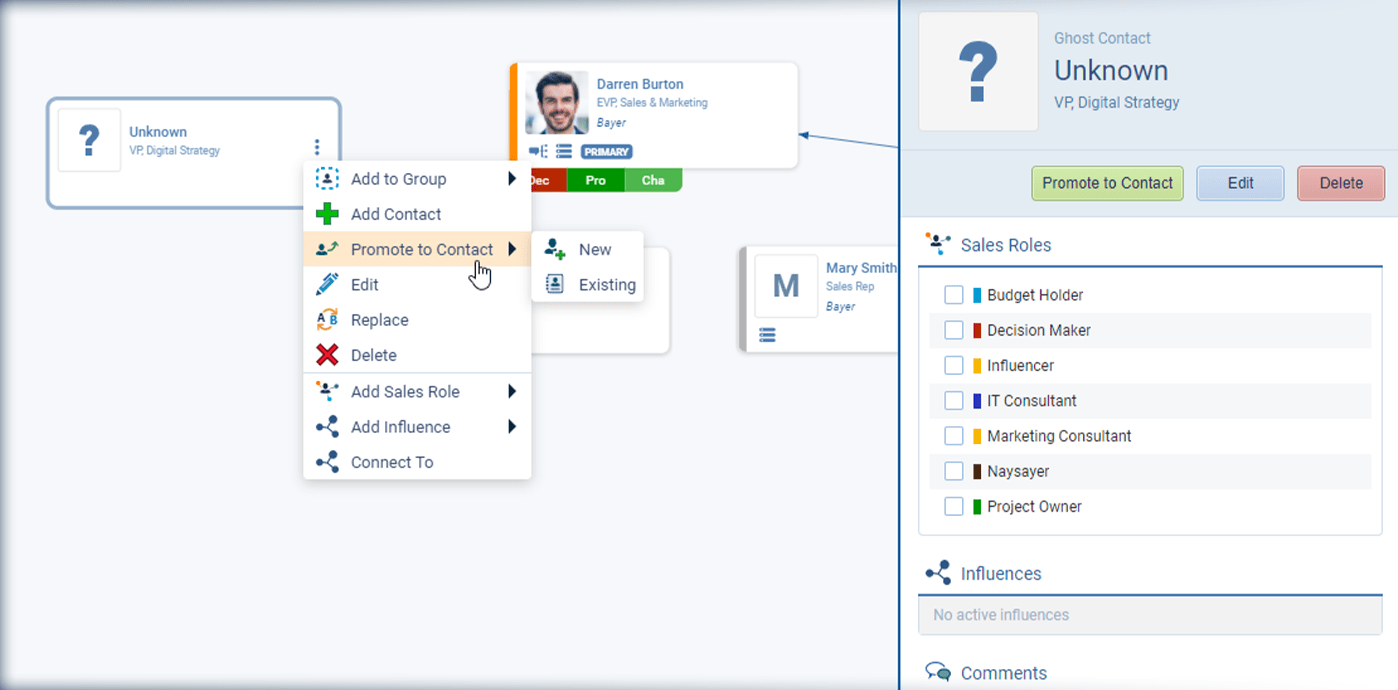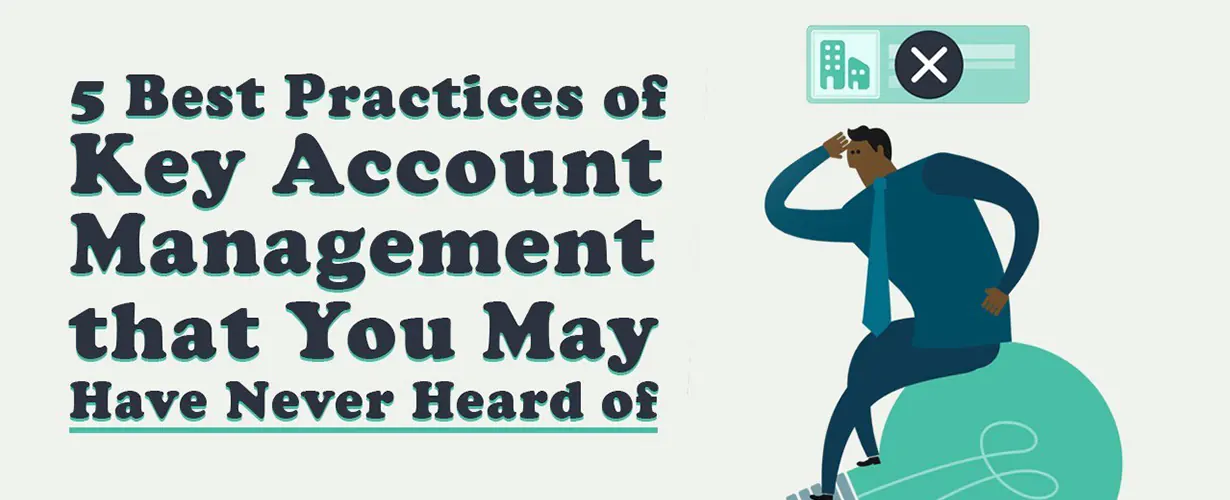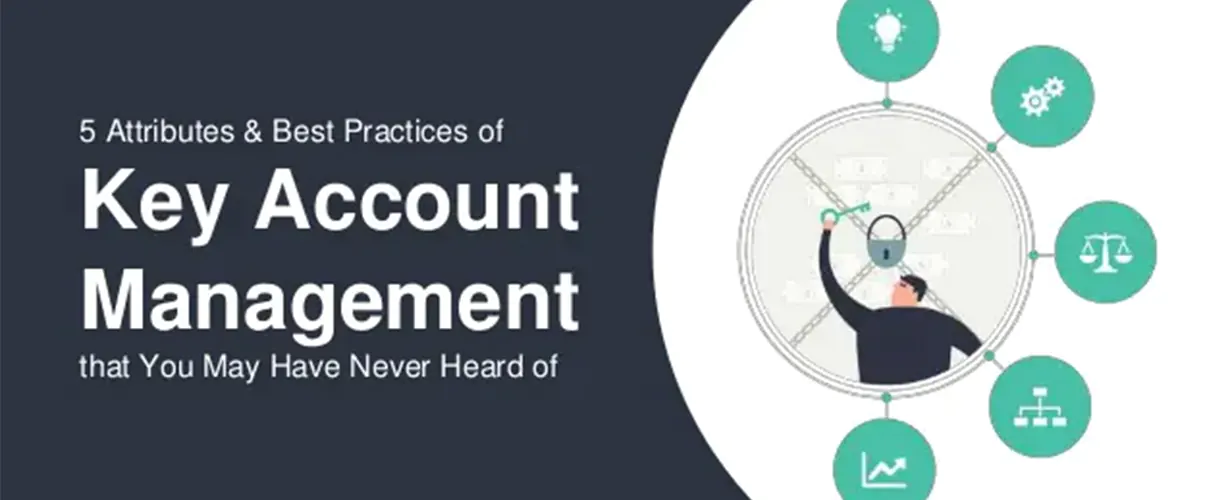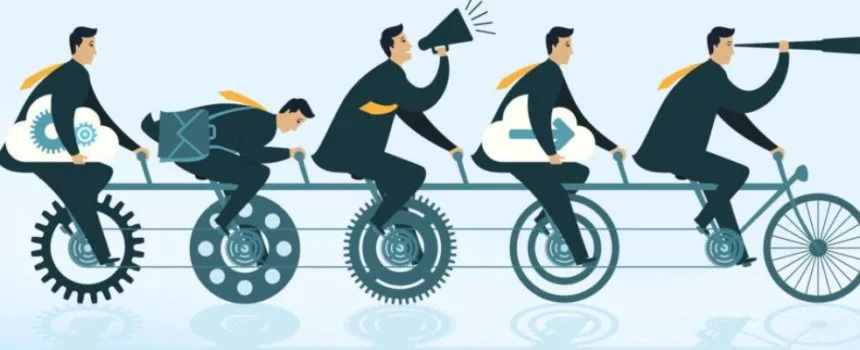“Most people spend more time and energy going around problems than in trying to solve them.”
 Henry Ford, Legendary Car Maker
Henry Ford, Legendary Car MakerBackend Administration
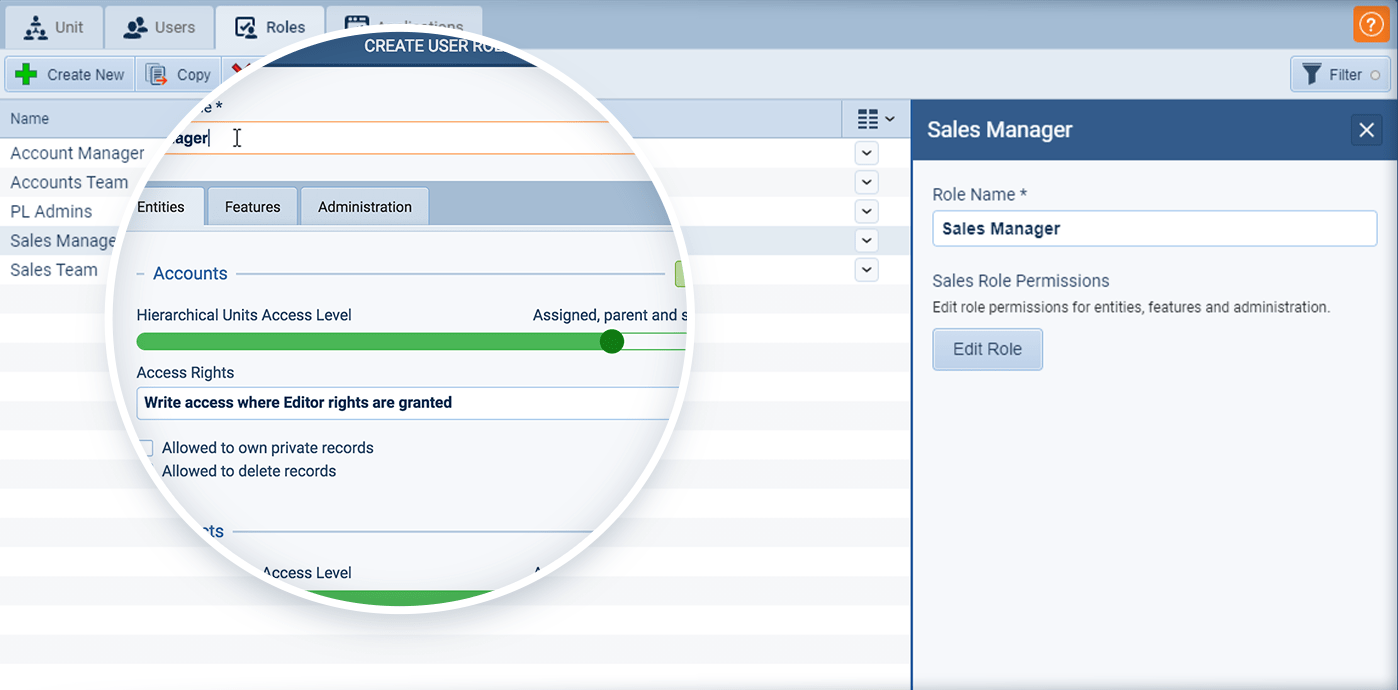
UserUser User means a person who uses or consumes a product or a service, usually a digital device or an online service. Roles, Units, and APIs
Provide different levels of user access with User Roles
Templatize the different User Roles for ease of setup
Define groups within your organizationOrganization Organization is a cohesive group of people working together and formally bound by a shared identity (e.g., one team, company, club, etc.) and a common purpose (e.g., business growth, athletic victory, etc.). using Units
Units can represent sales territories, teams, or even subsidiaries
Field-Level Security
Another area in which roles are impacted is field-level security—some roles will require access to certain fields, while others will need to be restricted to read-only or no access at all.
Examples of useful fields
Lookup Field enables a user to utilize a field that is in one area for another area. For example, you find that a particular field is only available in Opportunities, but you want to use it in Accounts. From Accounts, you could “lookup” the field in Opportunities and use it in Accounts.
A Rollup Field allows you to summarize dataData Data is a set of quantitative and qualitative facts that can be used as reference or inputs for computations, analyses, descriptions, predictions, reasoning and planning. from several other fields into one. For example, the gross amount of revenueRevenue Revenue is the amount of money a business generates during a specific period such as a year or a quarter; also called sales. from several different sales reps pulled into one Rollup Field.
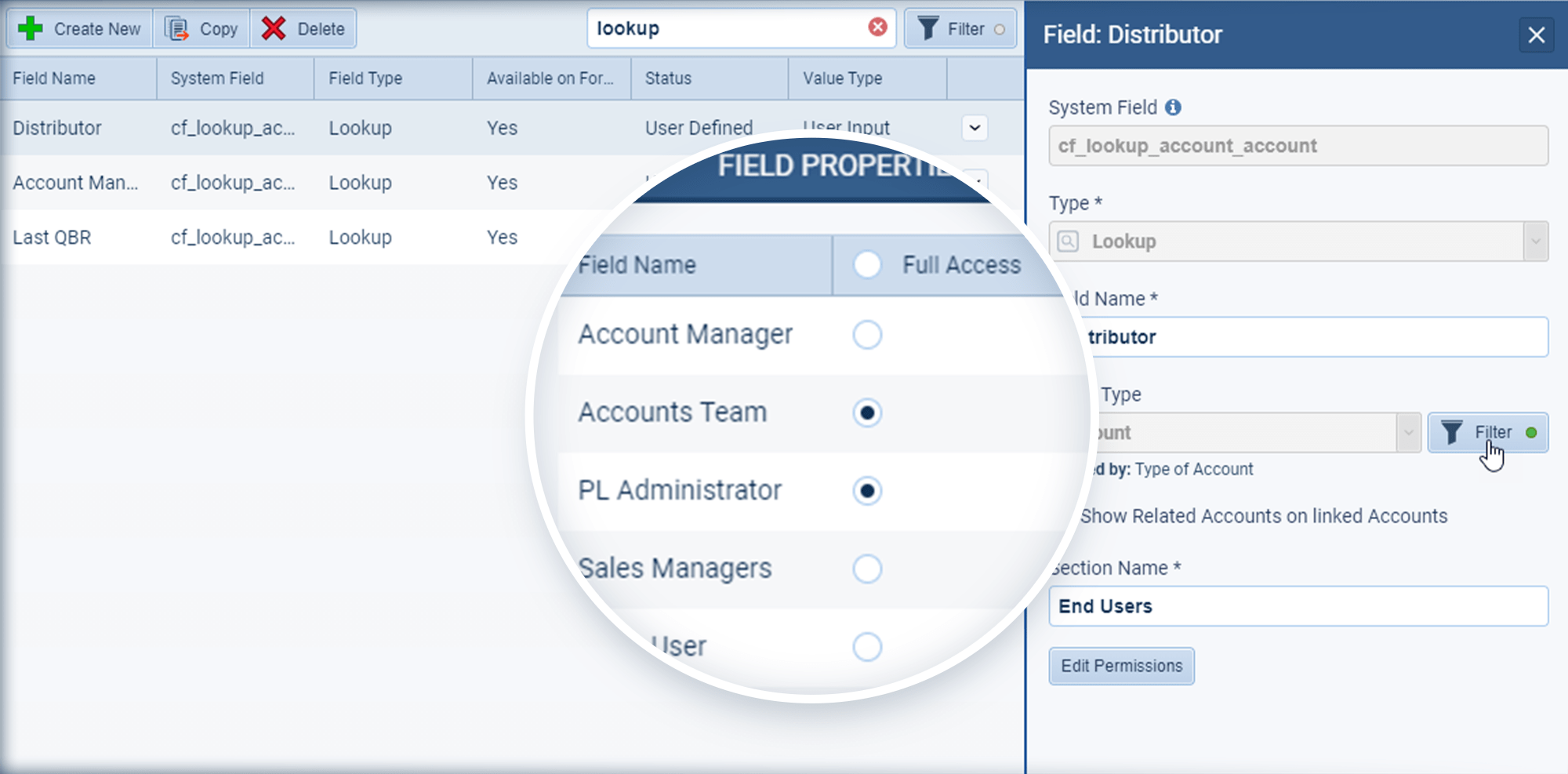
Automatizer
Automatizer is a workflow engine, through which any user can set conditions and triggersTriggers Triggers are a set of signals or occurrences that meet certain criteria to be considered an opportunity to make a sale. to automate processes. It allows everyone to engage in higher-value activities, increasing efficiency, focus, and output.
ProductProduct Product refers to anything (an idea, item, service, process or information) that meets a need or a desire and is offered to a market, usually but not always at a price. Catalog and Product Line Items
In accountAccount Account refers to a record of primary and background information about an individual or corporate customer, including contact data, preferred services, and transactions with your company. management, you’re going to want to show what kinds of products and services your company is selling to particular accounts. Pipeliner Product Catalog and Product Line Items functionality provides for this.
Frontend User Interface
Account View
Another feature that is unique to Pipeliner is the customizable account view. With user rights, you can provide different account views to different roles. Users then only have the information they truly need, instead of extraneous data that would only confuse them.
Compact View
The Compact View — unique to Pipeliner — provides an immediate account overview. It contains the minimum amount of information you need to understand an account.
We made it completely customizable as the information required for an account can vary widely from organization to organization, and even from role to role.
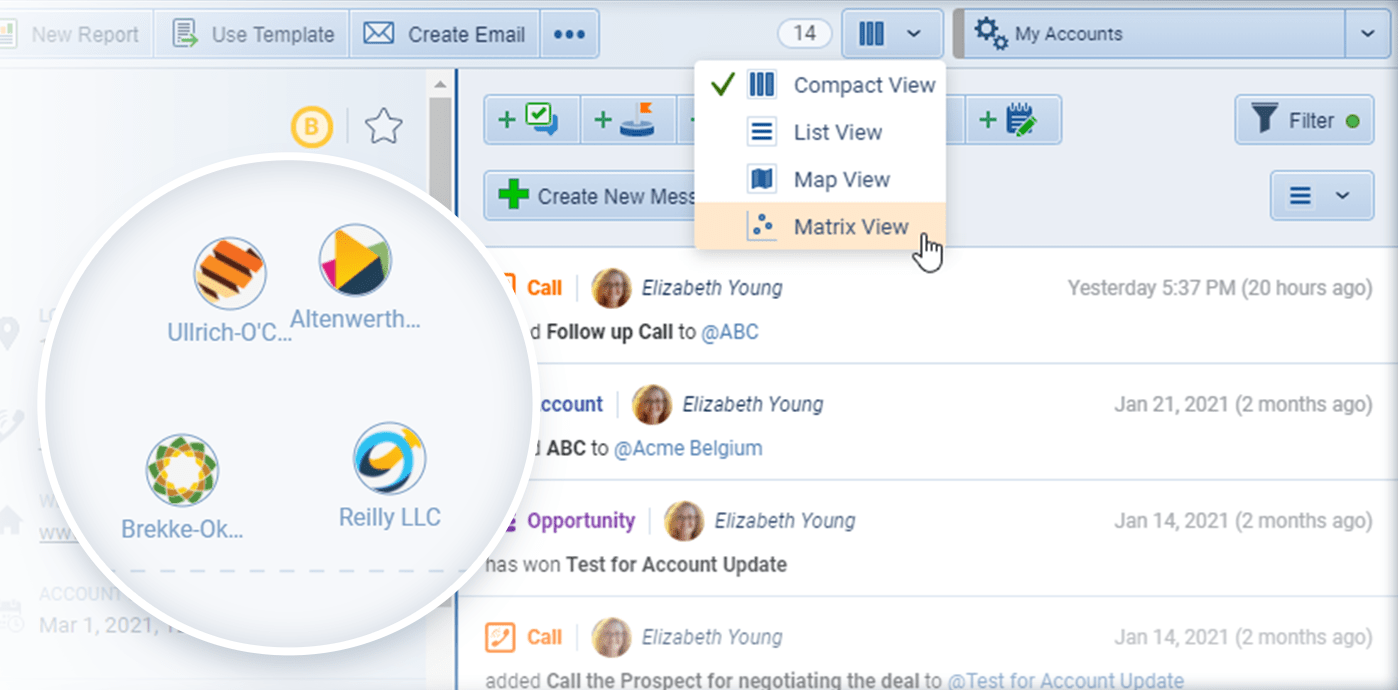
Account Matrixes
The Account Matrix view is invaluable for Account Management, allowing the user to visualize key metricsMetrics Metrics are quantities that are measured and used to: for building and maintaining effective relationships.
For example:
- Customer SuccessCustomer Success Customer Success is a proactive mindset, function, department or strategy commonly adopted by B2B companies to optimize business with customers, reduce churn rate, drive profits and increase the predictability of recurring revenue. users could choose to display accounts based on their total won opportunity value, and the number of days or months until renewal.
- The Sales team might want to prepare their account plans based on account class and annual won revenue.
- Account Managers might want to see how many days have passed from the last contacted date by account class to prioritize their calling plans.
White Space
With this kind of detailed visual information, you can then begin to formulate real account management strategies.
Look at your most important customers
See what products & serves have been sold to them
Use filters to drill down into the details
Visualize the data in a graph
Track the history of what was sold and when
Add in other products sold to that same customerCustomer Customer is an individual or an organization that purchases a product or signs up for a service offered by a business. and compare
Utilizing the filter add other similar accounts with similar revenue, industry, or account class
Expand the graph, & compare to other accounts that you sold the same products to
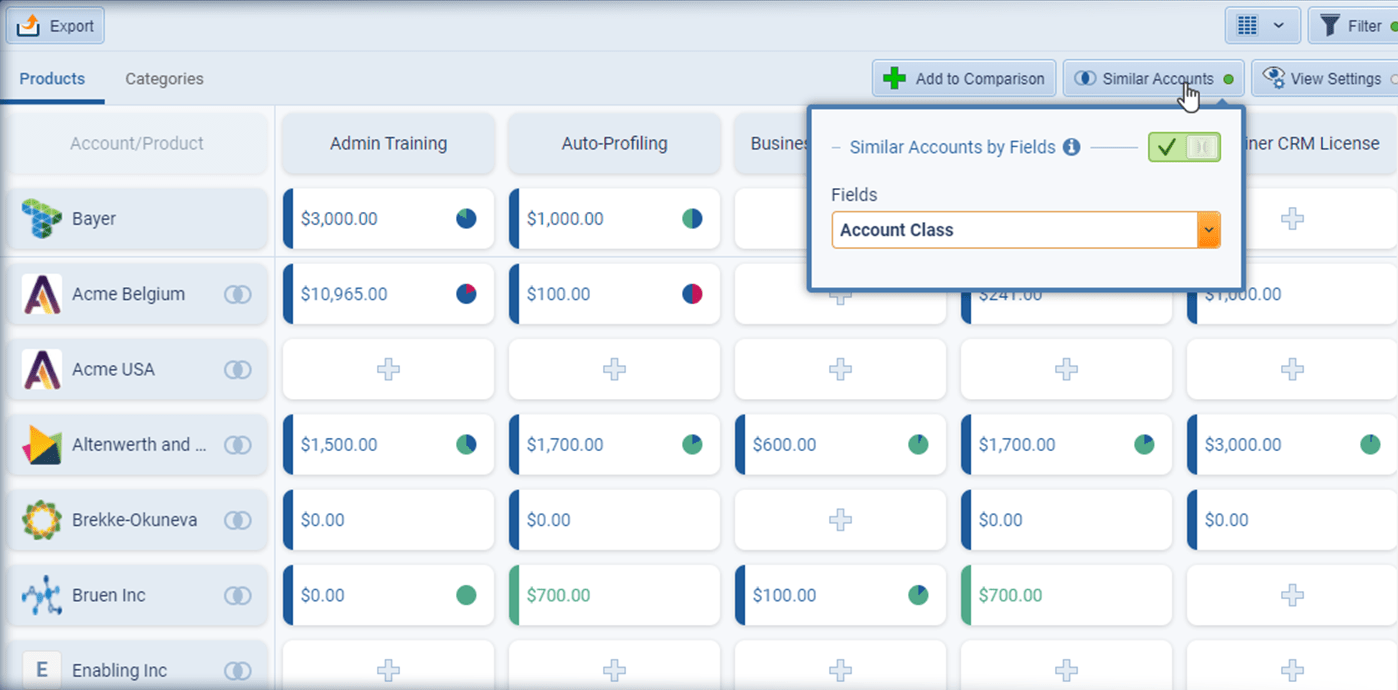
Org Chart
- Visually display the hierarchy within an account
- Label each individual’s card with details
- Role, attitude toward your product or service, place in the company hierarchy
Relationship Graph
Map networks and relationships that you need to be aware of, such as…
- Relationships your contact has with other companies
- Those in your database who used to work with your current decision-maker
- Identify an advocate for your product in the target company
Buying Center
The Buying Center is similar to the Relationship Graph, except that it’s used for individual opportunities. For each opportunity, the salesperson can visually layout all the relationships related to a particular opportunity, and how they influence that opportunity.
Within account management, the Buying Center can be used to see how different opportunities have been influenced within an account, and by whom.
Profiles
Create your own custom views using four tabs…
Provides dropdowns and checkboxes for elements you want to see or exclude from your current view.
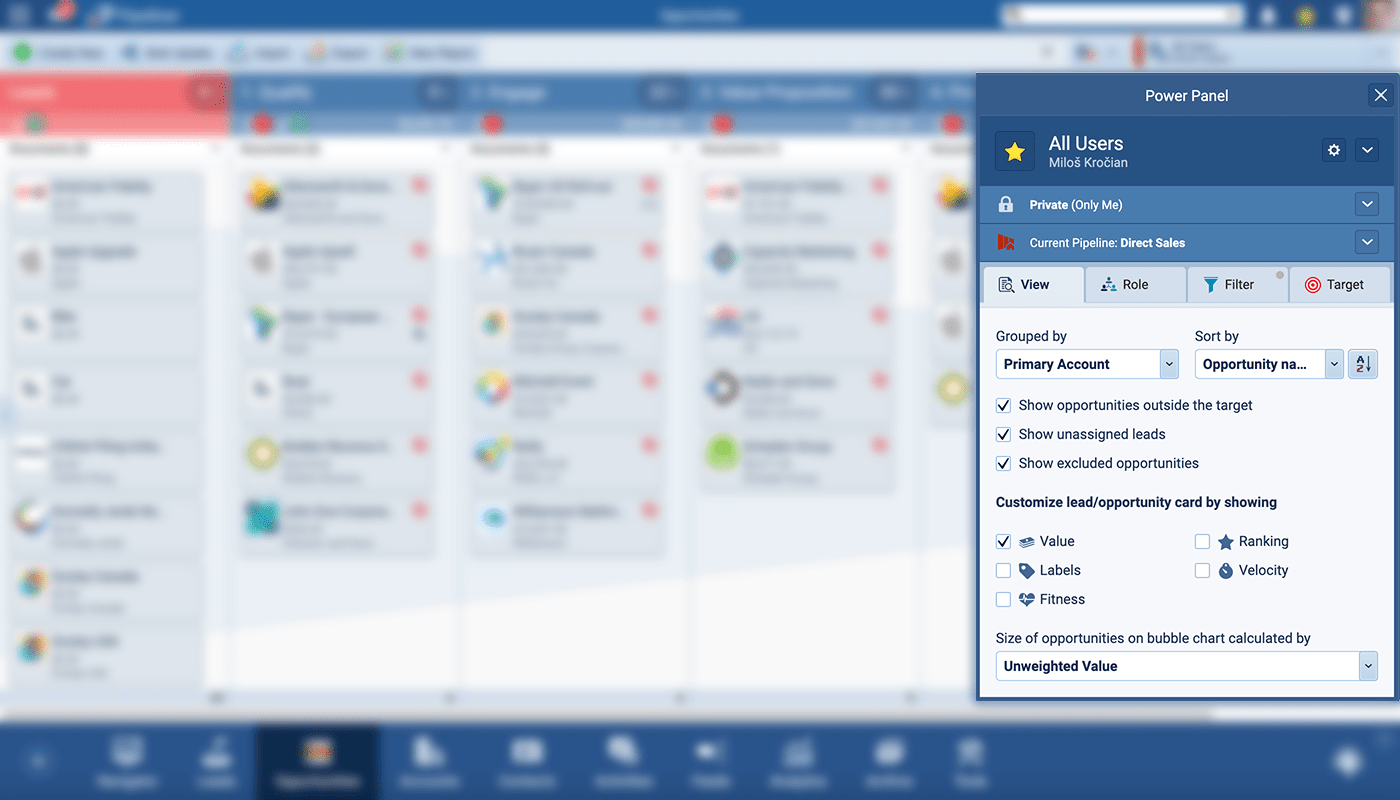
Allows you to view only items you own or items owned by your sales team, or those items that are within your sales unit.
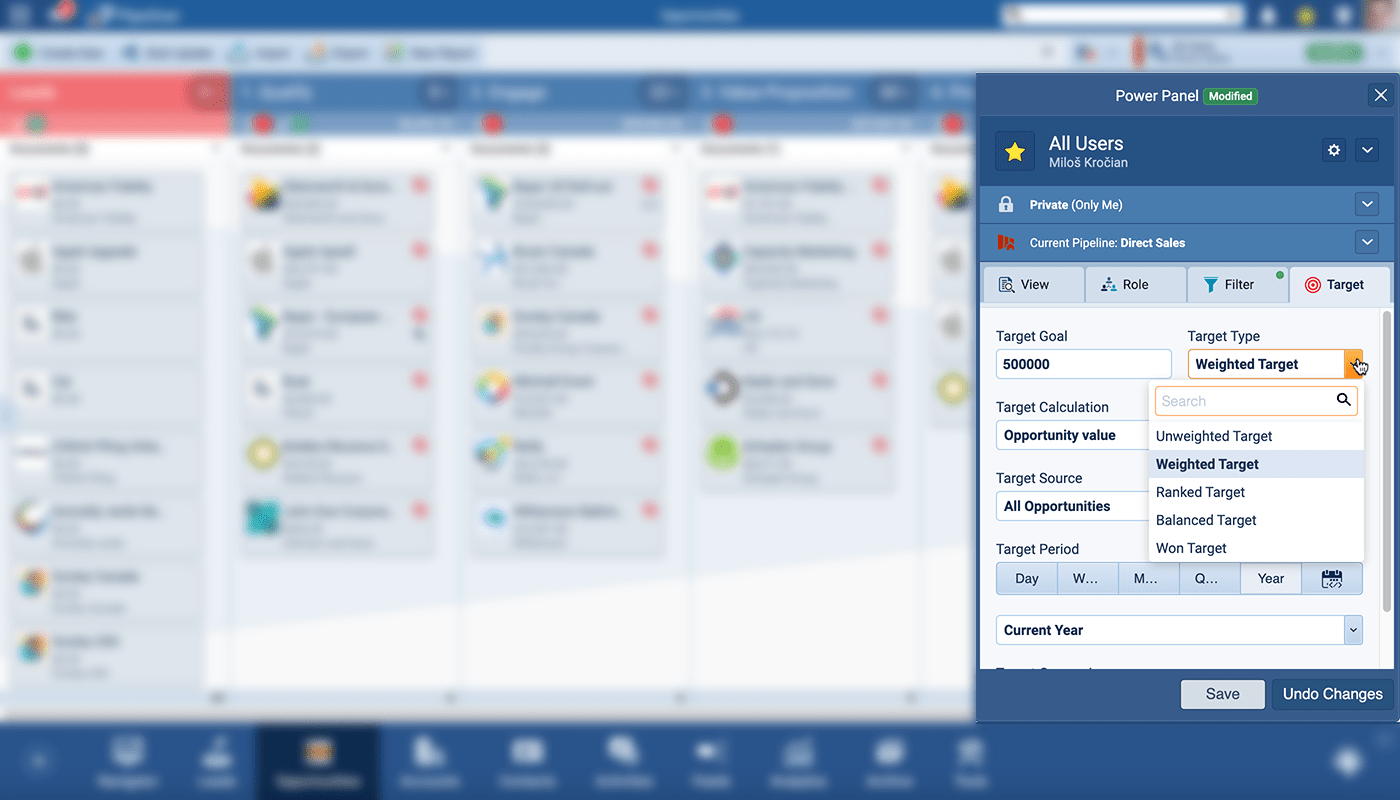
Provides the ability to select or query the system to only show you certain factors in your current view (eg: In the Opportunity menu, you can filter all Opportunities that are expected to close this month).
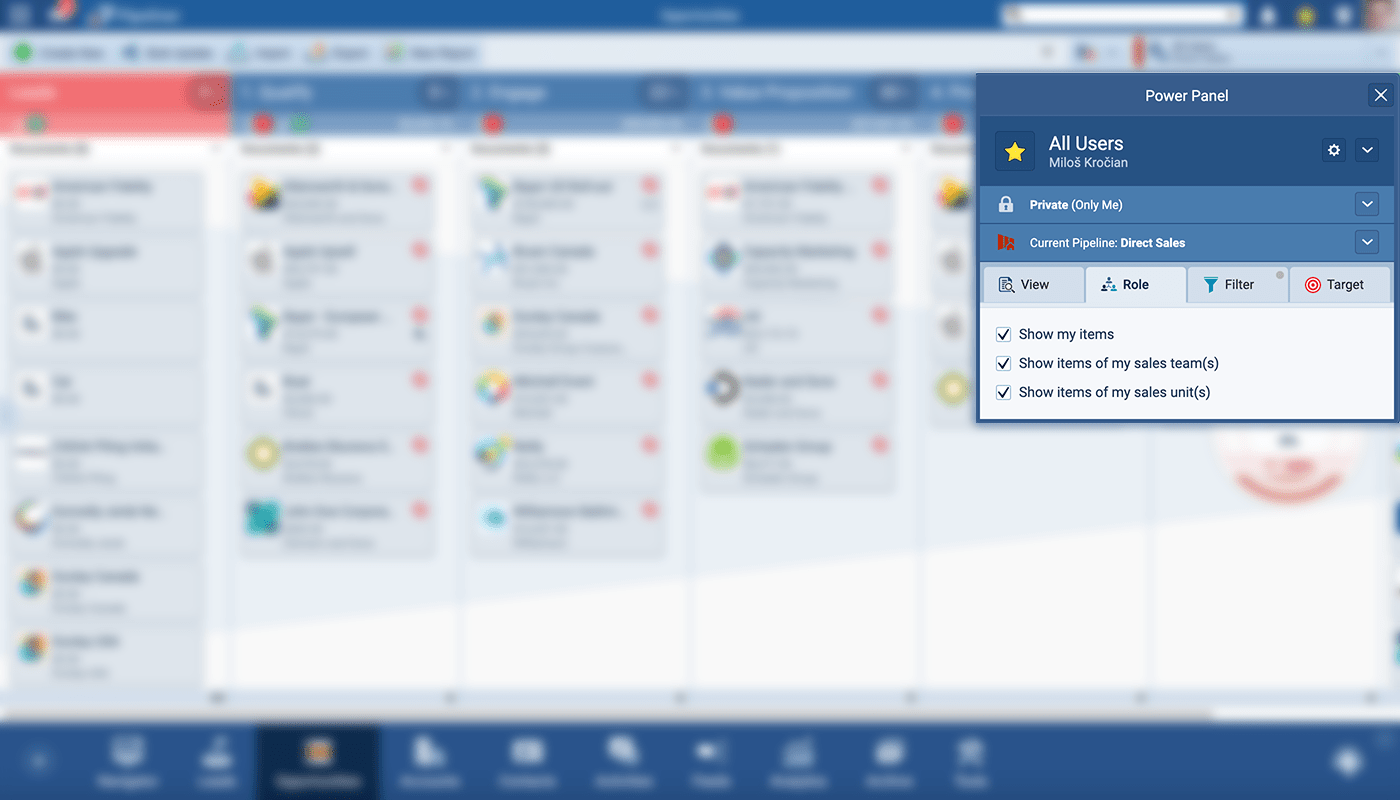
Provides the ability to select the type of target you would like your PipelinePipeline Sales pipelineis a visual representation of the stage prospects are in the sales process. CRM to be based on, as well as over what period of time, and to set an overall target goal.
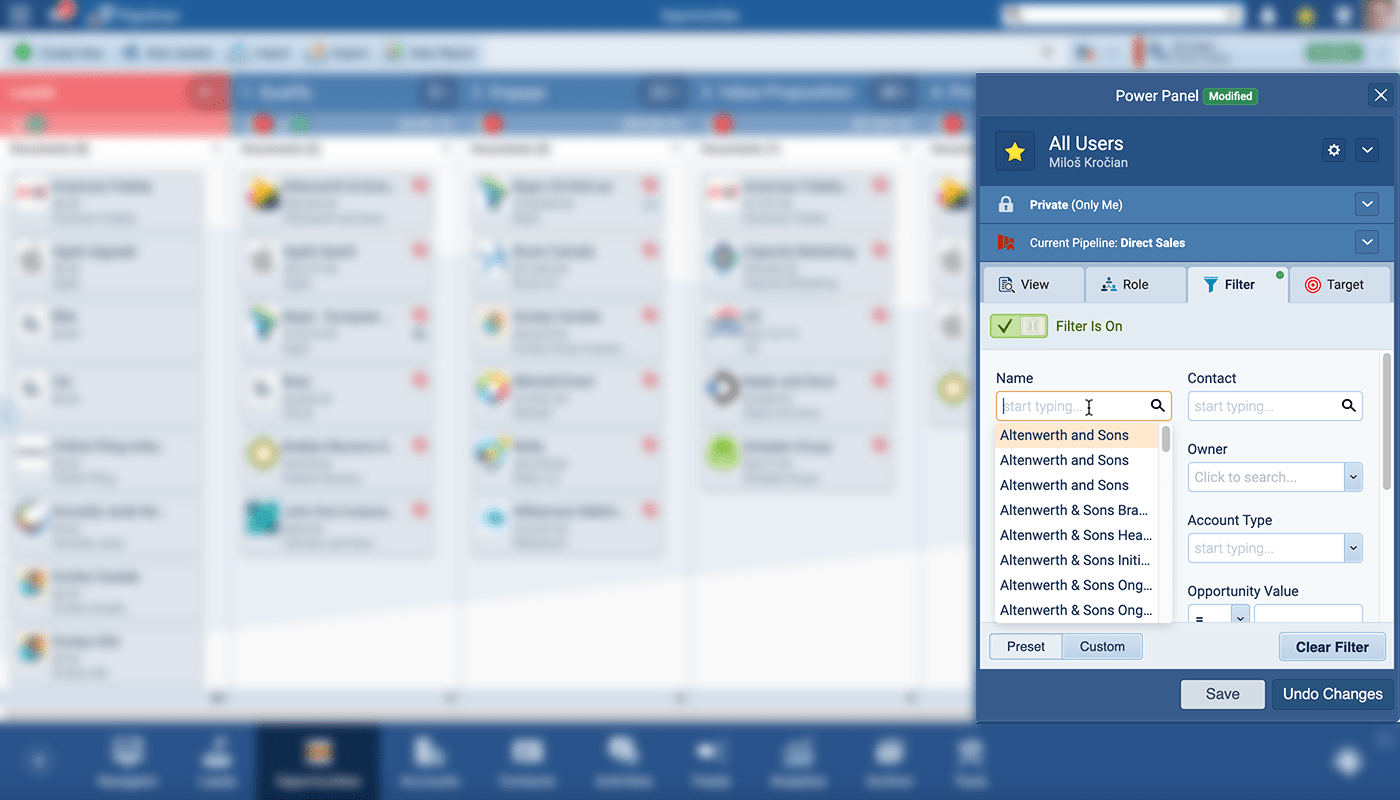
Project Management
Integrate project management with account management! This tool provides you with an overview of all projects, from which you can drill down into individual projects. Within each project, you can view individual contributors to the project, their particular tasks, and how far they’ve come to completion.
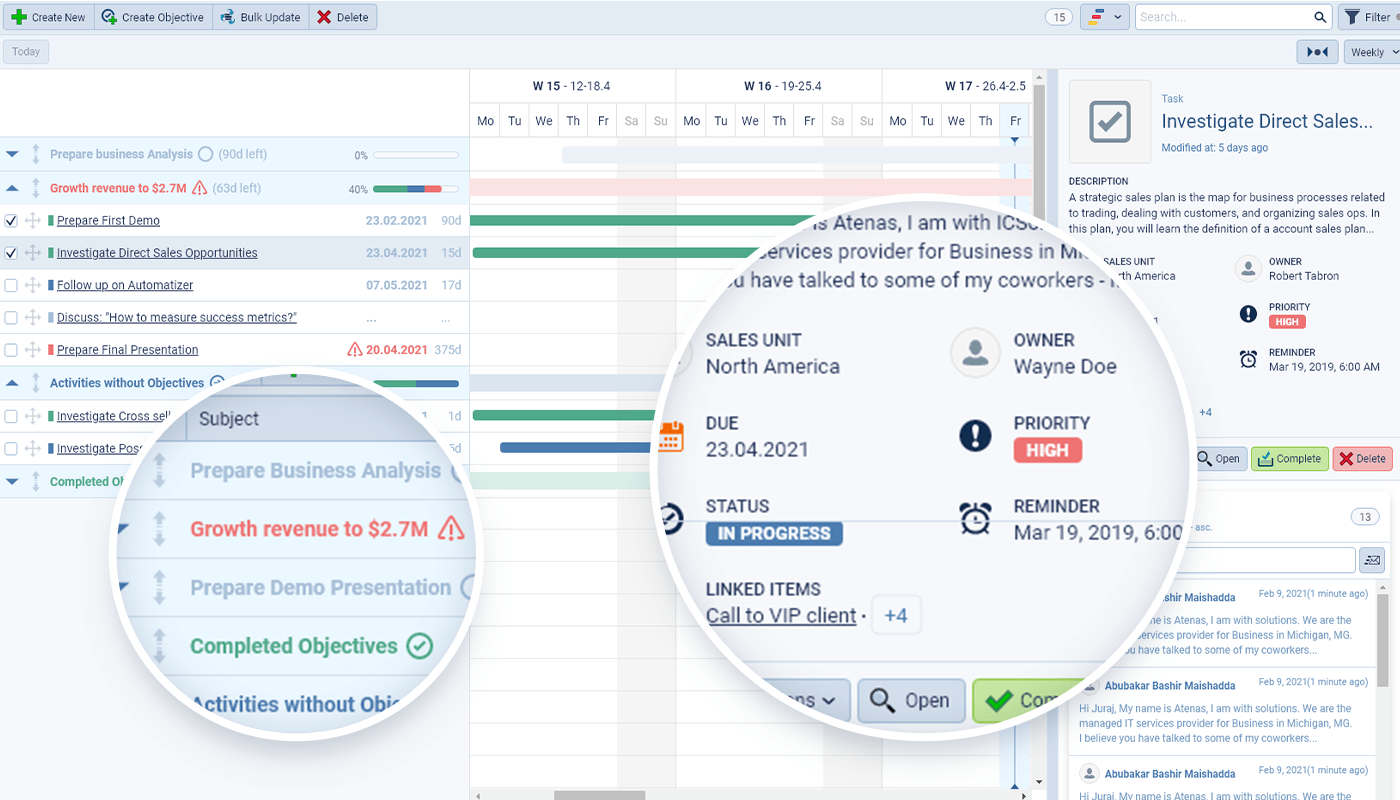
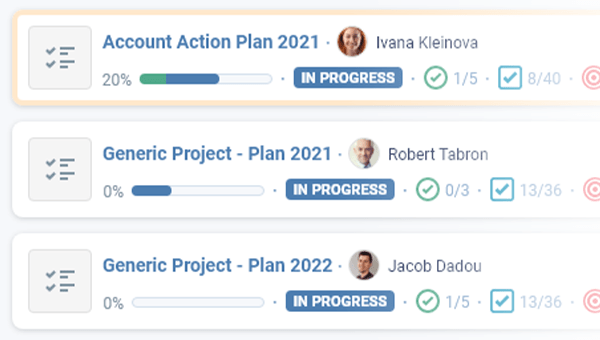
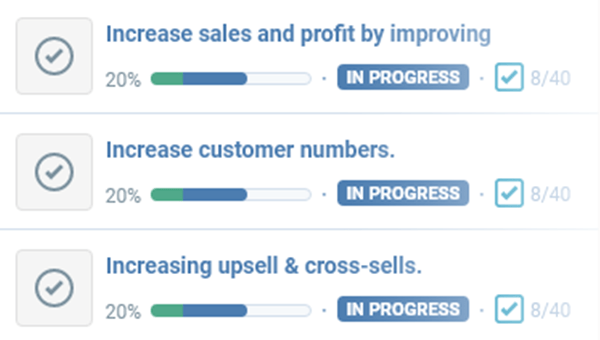
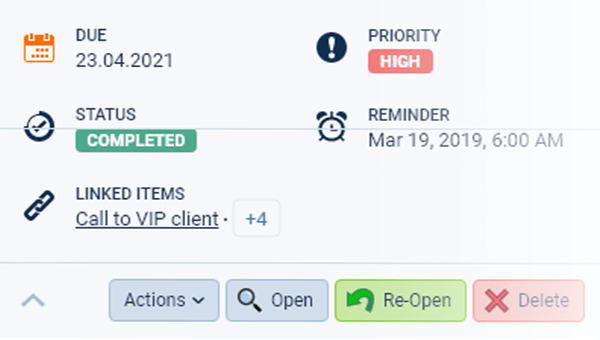
“There is only one boss. The customer.”
 Sam Walton, Legendary Entrepreneur
Sam Walton, Legendary EntrepreneurAdditional Resources
5 Attributes & Best Practices of Key Account Management That You May Have Never Heard of
Key Account Management You Should Know Key Account Definition: Account management should be the key to your grown and success. Without them, you will take a long time and significant effort to reach your goals. They will give you the credibility and help you generate business from their Industry. Key Account Identification: Identify your key…
5 Attributes & Best Practices of Key Account Management by Kannan Kasi
Key Account Management You Should Know Key Account Definition: Account management should be the key to your grown and success. Without them, you will take a long time and significant effort to reach your goals. They will give you the credibility and help you generate business from their Industry. Key Account Identification: Identify your key…
What Project Managers Should Know About Sales by Philip Piletic
Sales is an integral component of any successful business, which is part of the reason project managers and other leaders of a company need to pay attention to it. No business can be successful without customers, which is why sales processSales Process Sales Process is a series of strategic steps or a set of activities aimed at driving sales growth through the alignment of personnel, market insight, methodologies, relevant business units, and technology. engineering was born. This is a scientific approach to sales that could help optimize…
Post-COVID.…Take KARE of your Accounts! by Brian Sullivan
Well, we made it. We survived. The last eighteen months have been the most challenging time period in the history of B2BB2B B2B is an acronym for Business-to-Business, a model for selling, relationship-building, or engagement. selling. But business operations are now largely resuming although we’re far from calling them normal. While we dust ourselves off and lament deals and commissions that didn’t happen, we should not be looking…

